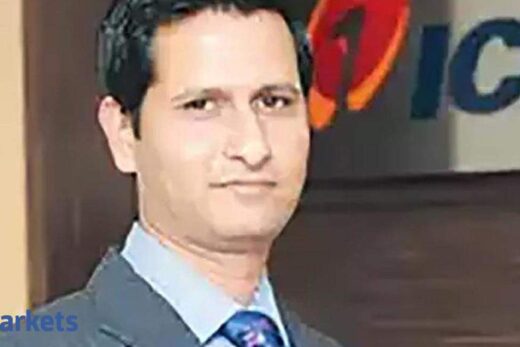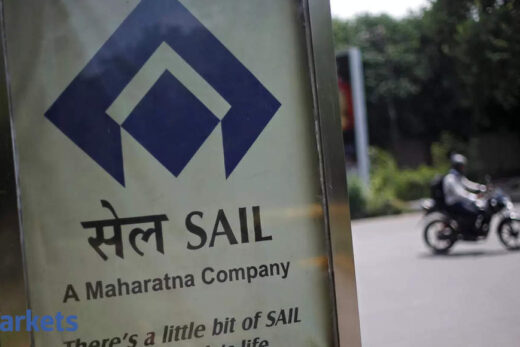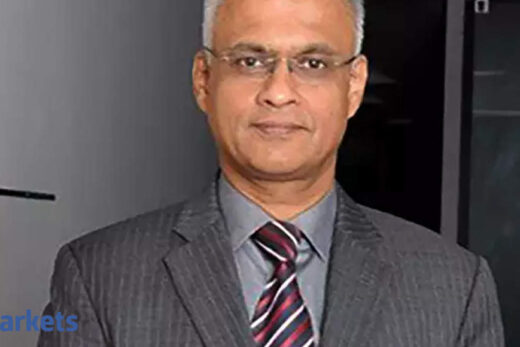How are you reading the auto PLI scheme? Does it benefit you at Maruti? Do you think that it is a little bit too early to get into incentivising EVs and hydrogen cells rather than the other options under the ICE?
It is quite clear the direction of the PLI scheme is towards new, cleaner technologies and the government has allocated a substantial amount — about Rs 25,000-26,000 crore for this. It is basically for hydrogen powered and electric vehicles and on the component side, it is for a list of components in the more forward looking and cleaner technologies.
The direction is quite clear. The government wants to support the future technologies. By the way, these modern auto technologies account for roughly 18% globally currently and by 2030, are expected to account for almost 30-35%. In India, the share is just about 3%. So, this will create a good supply chain, a modern value chain for the Indian auto industry.
While we are a lot dependent on domestic imports, exports have not quite been incentivised. How do you think this scheme is going to push local manufacturing?
We have a large import content for the areas which were outlined yesterday in the PLI scheme. I think there would be import substitution going forward and also it is much cleaner. So, from the environment perspective also, it is quite good. More importantly, the government wants to set up an ecosystem for pushing localisation and domestic manufacturing in these areas. These areas would be roughly about 30-35% of the total automotive value chain going forward by 2030. So it is a mix. The benefit is it brings down the cost of production in these areas and the risk of investing in these technologies.
.
Going back to the auto expo about three or four years back, where the thrust was on electric, Maruti was of the opinion that it is too early to go the whole hog. Do we see a change in that outlook? Would you bring forward some of the plans? You were looking at a major thrust into EVs only by 2025.
In the past, we have said that the road towards EVs is through the usage of hybrid and alternative fuels like CNG. The adoption of this technology on a large scale is large enough to make a business case for it and also large enough for it to make an environmental case difference. We have always maintained that while EVs are the future, it is not a question of whether but rather a question of when. That “when” has been changing not only in India but across the world. It all depends on some other constraints also which are currently inhibiting the progress of EV adoption not only in our country but across the world which includes the battery cost and technology.
Also coupled with it is the issue of localisation which can happen only when there are large volumes. That is possible only when the cost of acquisition is down and that can happen only when there is localisation. I think this policy is trying to break this cycle of localisation happening only when there is volume and volume happening only when the cost of acquisition is coming down. So the new policy would accelerate the EV industry.
We will have to see what difference it makes and what impact it has on our overall plans going forward.
Where do we stand just ahead of the festive season? What is the inventory level looking like? Also, where do you stand now on your best selling models? Is there any improvement on the production side?
As we had informed at the beginning of the month at the stock exchange, our production will be impacted by semiconductor shortage. The shortage, of course, continues at the moment. It is a little dynamic situation and therefore to quantify exactly what would be the impact in October or September may be difficult to tell. But we are monitoring this situation very closely.
Just before the festive period, in the Hindu calendar, there is a period called Pitru Paksha, which is a very inauspicious period. Generally in those times, manufacturers build up stocks so that when the expected spike comes during the Navaratras or the start of the festive period, they can satisfy the demand. But at the moment, the stock levels are low. Production has been impacted and that has impacted the overall availability of the vehicle and currently I think our stock levels are roughly about 15 days or so and towards the beginning of October that is the crucial part of how much stocks we have for the festive season. We have to see how much improvement we can have going forward from here and then make our preparations for the festive season accordingly.
What is the plan to ensure that you do not lose out on any of that potential sales during such a crucial period?
About 50% of the vehicle sales which happen are to first-time buyers where the prime requirement is mobility. The demand for mobility has gone up post Covid probably because people are moving away from shared mobility and public transport and that has been a great push for the first time buyers. It is possible to postpone the purchase. But car buying is a very involved purchase because this is probably the second largest purchase one makes in a lifetime. At the same time, it is also a discretionary purchase, especially for the additional car buyer and the replacement buyer. In balance, the only strategy which we can have is to have as much production as possible.
As our focus is to make as many vehicles available as possible, we have been trying to schedule our dispatches according to geography. Remember the festival season is different in different geographies of the country. It starts with Kerala in August, then we have the Ganesh Chaturthi till 10th of September in the western India, In the first half of October, there is a large push in eastern parts during the pooja festivities and then towards the later half, come Diwali and Dhan Teras in the central and north India. So we will try to maximise availability according to the expected spikes in demand in different geographies. That is the best we can do at the . Ultimately we need to produce vehicles to satisfy the demand which seems to be coming strongly.
You have taken the fourth price hike in this calendar year. Do you sense that the commodity pressure is here to stay and in light of that would we see more such price hikes from Maruti?
We have seen a very big increase in commodity prices and I have been talking about it in the past as well, starting from April of last year. Whether it is steel where the prices went up from about Rs 38 a kg to almost Rs 68-70 a kg, copper from $5,000 dollar to $10,200 and then the precious metals which are rhodium or palladium. Rhodium has gone up from about Rs 18,000 to about Rs 64,000. So the commodity prices have actually led to a large increase in material costs for an OEM.
This impact started coming in last year itself but we did not take a price hike because as market leaders, we thought we have the responsibility not to compromise on the demand which seemed to be coming back and that is why we postponed the price hikes.
For us, it is anyway a last resort. We always started expecting that it will soften going forward and that is why in January, we had a small hike of about 1.4% and 1.6% in April and then about 1.9% in the beginning of this month. We were always expecting commodity prices to soften and we did not want to pass on this burden to the consumer; but they did not. They actually hardened, especially till September.
Going forward, we keep watching, we have not passed on the entire cost increase yet to the consumers. We are very mindful of demand revival taking place now and therefore we do not want to compromise on that. It is expected that in the next two quarters, there would be some softening of commodity prices. So the pressure might be less, but it has not gone away. We are keeping a very close watch.
We have in any case to walk that very fine line between the top line and the bottom line and we cannot really compromise. The consensus seems to be that there would be some softening in the commodity price in Q3 and Q4 of this fiscal.



